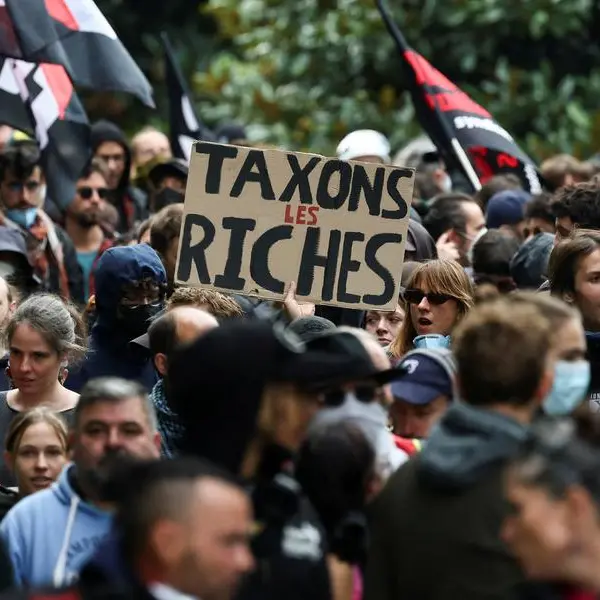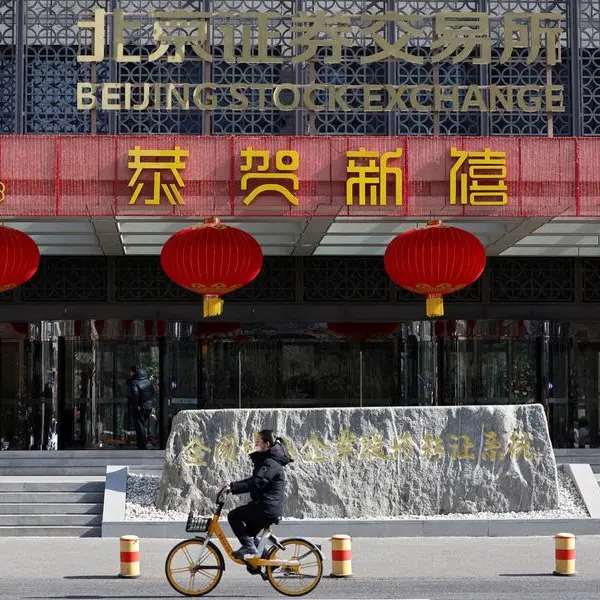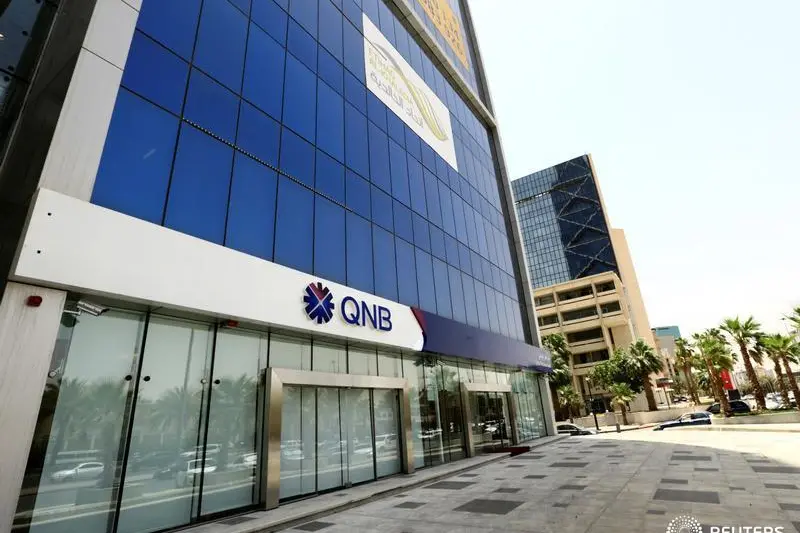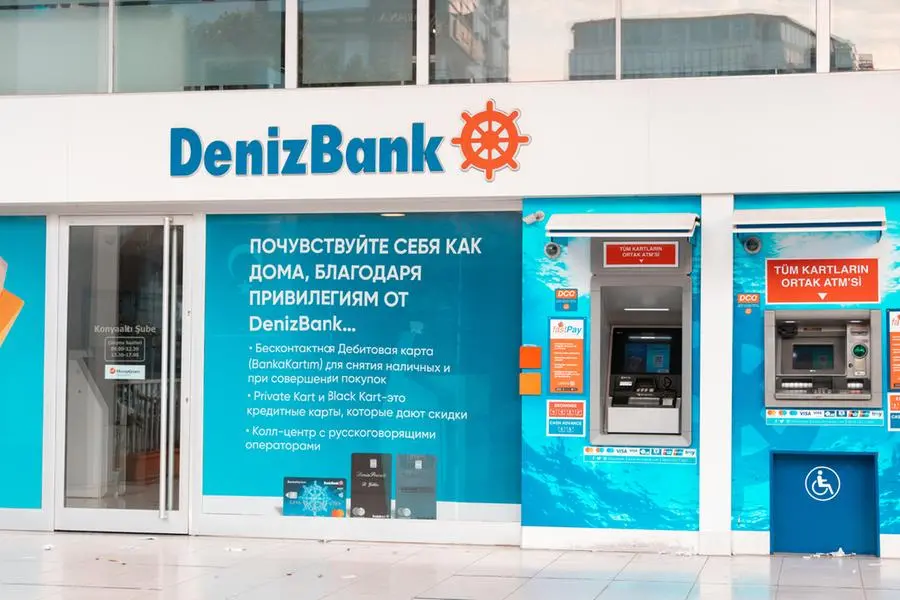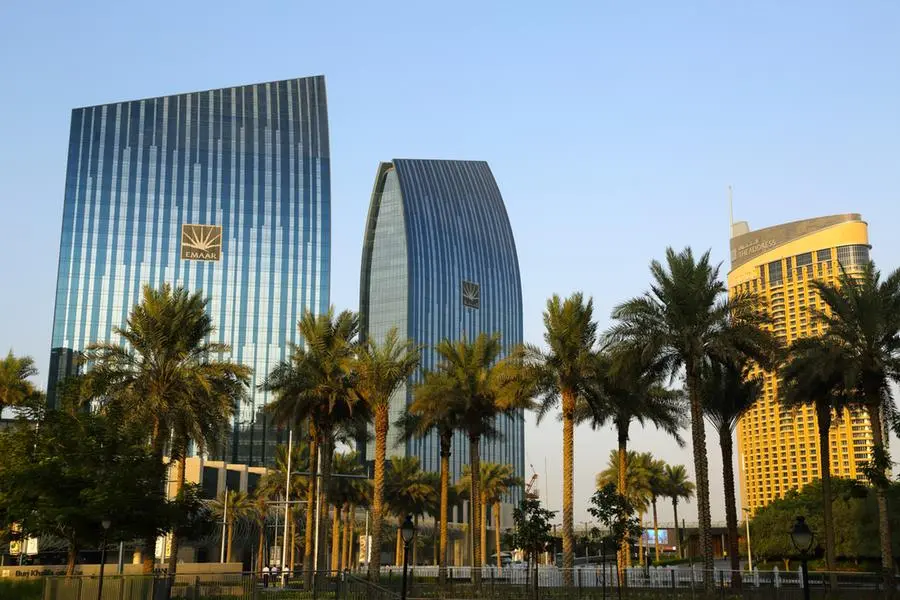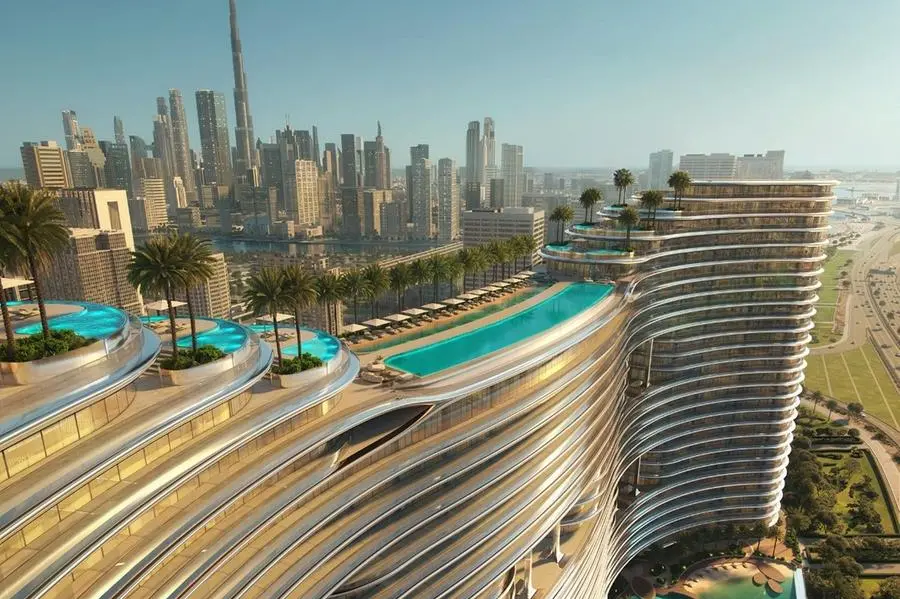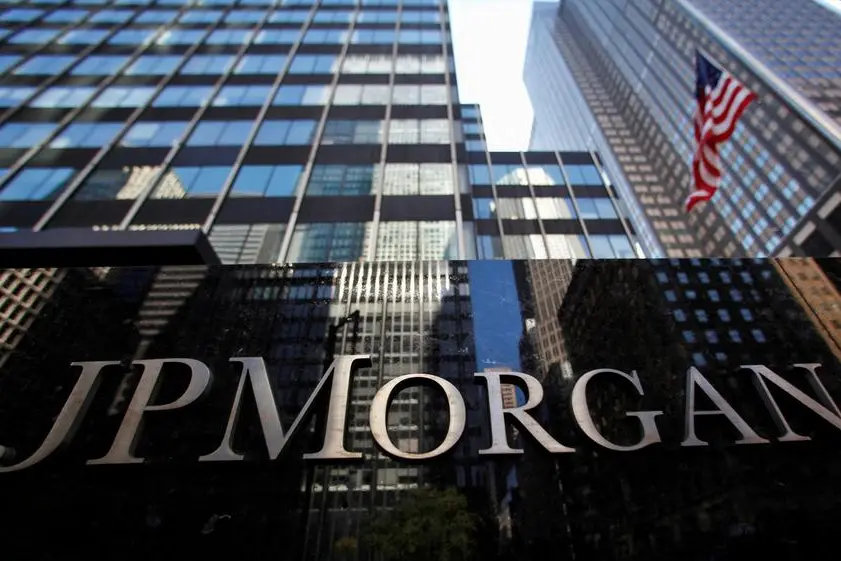PHOTO
(The views expressed here are those of the author, an investment strategist for Panmure Liberum.)
European leaders’ proposals to curb migration may appeal to a large swathe of voters, but they won’t please most economists. Many EU leaders are ramping up efforts to curb migration, in particular the entrance of refugees and asylum seekers. While several plans have been scuppered by court rulings, like Italian Prime Minister Giorgia Meloni’s recent proposal to process asylum seekers in Albania, the opposition to immigration across the bloc shows little sign of abating.
And even though curtailing illegal immigration is important for Europe, a wider pushback could prove counterproductive from an economic standpoint because immigrants, on average, make a positive contribution to EU government finances and economic activity.
Attempting to restrict immigration broadly could therefore weigh on the already-low growth rates in many European economies and potentially increase inflation in the region over the long run – making EU policymakers’ jobs even harder.
RETURN ON INVESTMENT
In its 2021 Migration Outlook, the OECD calculated the direct contribution of immigrants and natives to government finances in a range of countries. This direct contribution is calculated as taxes paid minus individual government aid received, such as government benefits, pensions, education and healthcare.
At first glance, the benefit of immigration appears modest. Across OECD countries, immigrants made a net contribution of 1.6% of GDP to government finances, compared to 7.9% for the native population.
But immigrants make up only 10-20% of the total population. After adjusting for that, it quickly becomes clear that immigration is a boon for government finances. For the developed countries in the OECD, governments receive about 53% more in revenue from immigrants than they spend on them. For countries like Italy and Spain, this return on investment approaches or even surpasses 100%. Compare this to the return on investment for the native-born, which is typically between 30% and 40% and averages 35% in the OECD.
Critics may argue that these calculations ignore other costs of immigration such as border control and policing. If these government expenses are added back, the so-called ‘fiscal return’ on immigration does become negative, but so does the return on the native population. Like-for-like, immigrants are still less costly to the government than native-born citizens. Of course, not all immigrants contribute equally to government finances, and highly skilled immigrants obviously contribute more, on average, than low-skilled ones.
But one should not underestimate the contribution low-skilled immigrants make and the potential costs to an economy if they are removed from the workforce. For instance, the Peterson Institute for International Economics (PIIE) has simulated the impact on the U.S. economy of president-elect Donald Trump’s mass deportation plans. PIIE estimates that the deportation of 1.3 million undocumented immigrants would reduce the country’s GDP by 0.3% per year and increase inflation by 0.3% per year in the first three years.
Turning back to Europe, my own model projects that euro zone inflation would rise by roughly 0.3% per year if immigration levels to the region were halved. Businesses facing a smaller labour supply would either have to produce fewer goods and services, creating shortages that could push up prices, or invest in automation, a cost that would likely be recovered via higher prices.
VICIOUS CYCLE
Reducing immigration could prove especially costly for the euro zone, given that it’s facing an aging population, low birth rates and stagnation in its largest economy, Germany.
A significant reduction in immigration could increase government deficits, while the reduced supply of labour would likely curtail GDP growth. This, in turn, could create a negative feedback loop, with weaker GDP growth shrinking the government’s tax intake and further expanding deficits.
Plus, if labour supply is lower, whether it’s skilled or unskilled labour, wage inflation is apt to speed up, which could generate higher inflation overall – and higher interest rates – for everyone.
The EU already faces an unnerving economic outlook. In September, former president of the European Central Bank Mario Draghi said that the bloc must invest heavily or face the slow agony of low growth and economic decline.
If immigration is reduced in the EU, the negative trends Draghi is warning about will almost certainly get worse, meaning even more investment – and borrowing – will be needed to boost economic activity.
European leaders would therefore be wise to heed economists’ advice and not create additional hurdles for themselves as they seek to get growth back on track.
(Writing by Joachim Klement, editing by Anna Szymanski, Alexandra Hudson)

